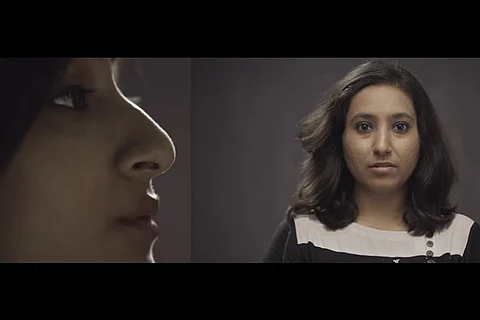

The harrowing episodes of Female Genital Mutilation (FGM) is commonly practiced in many parts of India and Mumbai’s labyrinthine alleys of Bhindi Gali, happens to be one of them.
Once again, it has been brought to the limelight after 30 women from the Dawoodi Bohra community in Mumbai, on December 8, filed a petition to the United Nations, urging it to recognise FGM or Female Gender Cutting (FGC) or Khatna being practiced in India.
UNICEF reports that FGC is practiced in at least 30 countries, with an estimated 3 million girls running at a risk of being subjected to it, every year. Over 200 million girls and women in those countries, mainly in Africa, Middle East and Asia, have already undergone this cruelty. Most girls are “cut” before the age of 15.
FGC is seldom conducted in sterile environments with medical supervision, or with any form of pain-killers or anesthesia, and has no health benefits - confirms WHO.
In its recent video "A Small Nick or Cut, they say", Love Matters India, "features voices of resistance on 'Khatna’ or Type 1 Female Genital Cutting (FGC) prevalent in the Dawoodi Bohra community of India".
“A cut that pierced my life. A small nick, just a piece of skin, they say. No more, no less. How does it change anything?” it begins talking about the violation of “haram-ki-boti” (immoral lump of flesh)- a commonly used term by midwives and those who support FGM, to address the clitoral hood.
Capturing the experiences of women in the Bohra community who have been exposed to these cruelties in the name of tradition, the video by Priya Goswami, explains the pain, the struggle, the superstition, and above all, the need to stop it.
Talking about her films, Goswami told DNA “We also want to give a face (or in this case, faces) to the movement. This is not about someone anonymously making a plea for the practice to stop. This about real people, in flesh and blood marking a conversation (which was until a few years ago, a taboo), with their own voice of resistance.”
In addition to dealing with the brutality of the act, the film also maneuvers around their struggle to look at their “loved ones”, who had once inflicted them with this pain. After all, “what is the need?”, they call out before uttering the words of finality- “No more”.